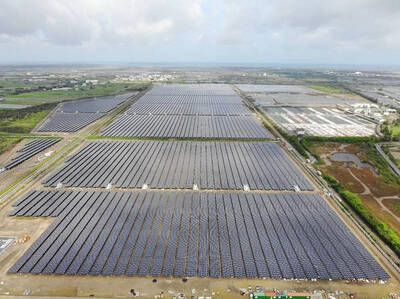Chocolate lovers rejoice. Your indulgence means you are less likely to have a stroke or heart attack, especially if dark chocolate is your thing.
Research shows regularly consuming as little as a square of chocolate a day helps to reduce your blood pressure and thus your chance of succumbing to cardiovascular disease (CVD). Scientists have found that people eating just 7.5g of chocolate daily were at a 39 percent lower risk of having a heart attack or stroke compared with those who ate just 1.7g.
The study, published in the European Heart Journal, found that modest chocolate intake had a significant effect on people’s blood pressure. The benefits were more pronounced for a reduced risk of a stroke, but also brought less chance of a heart attack too.
Researchers led by Brian Buijsse, a nutritional epidemiologist at the German Institute of Human Nutrition, made the link after studying the health of 19,357 Germans aged 35 to 65 for at least 10 years. They believe that flavanols, substances in cocoa that boost the body’s supply of nitric oxide, contribute to the chocolate eaters’ lowered blood pressure.
The research confirms an association that other studies have made. The lower likelihood of stroke may be due to cocoa increasing the flow of blood around the brain, the authors say. Among 1,568 participants whose chocolate intake was tracked 57 percent ate milk chocolate, 24 percent preferred dark and 2 percent ate white chocolate. The dark variety contains more flavanols, and so is thought to have a greater effect.
However, these findings should not lead to chocolate gluttony, said the authors. “Given these and other promising health effects of cocoa, it is tempting to indulge more in chocolate” — but further research was needed before small amounts of chocolate could be prescribed to prevent CVD.
“The amount consumed on average by even the highest consumer was about one square of chocolate a day or half a small chocolate Easter egg in a week, so the benefits were associated with a fairly small amount of chocolate,” said Victoria Taylor, the British Heart Foundation’s senior heart health nurse.
Those tempted to indulge should remember that chocolate contains large amounts of calories and saturated fats, which are related to weight gain and high cholesterol — two risk factors for heart disease. And people should also eat fruit, vegetables and oily fish and be active for at least half an hour daily, Taylor said.

Every now and then, it’s nice to just point somewhere on a map and head out with no plan. In Taiwan, where convenience reigns, food options are plentiful and people are generally friendly and helpful, this type of trip is that much easier to pull off. One day last November, a spur-of-the-moment day hike in the hills of Chiayi County turned into a surprisingly memorable experience that impressed on me once again how fortunate we all are to call this island home. The scenery I walked through that day — a mix of forest and farms reaching up into the clouds

With one week left until election day, the drama is high in the race for the Chinese Nationalist Party (KMT) chair. The race is still potentially wide open between the three frontrunners. The most accurate poll is done by Apollo Survey & Research Co (艾普羅民調公司), which was conducted a week and a half ago with two-thirds of the respondents party members, who are the only ones eligible to vote. For details on the candidates, check the Oct. 4 edition of this column, “A look at the KMT chair candidates” on page 12. The popular frontrunner was 56-year-old Cheng Li-wun (鄭麗文)

“How China Threatens to Force Taiwan Into a Total Blackout” screamed a Wall Street Journal (WSJ) headline last week, yet another of the endless clickbait examples of the energy threat via blockade that doesn’t exist. Since the headline is recycled, I will recycle the rebuttal: once industrial power demand collapses (there’s a blockade so trade is gone, remember?) “a handful of shops and factories could run for months on coal and renewables, as Ko Yun-ling (柯昀伶) and Chao Chia-wei (趙家緯) pointed out in a piece at Taiwan Insight earlier this year.” Sadly, the existence of these facts will not stop the

Oct. 13 to Oct. 19 When ordered to resign from her teaching position in June 1928 due to her husband’s anti-colonial activities, Lin Shih-hao (林氏好) refused to back down. The next day, she still showed up at Tainan Second Preschool, where she was warned that she would be fired if she didn’t comply. Lin continued to ignore the orders and was eventually let go without severance — even losing her pay for that month. Rather than despairing, she found a non-government job and even joined her husband Lu Ping-ting’s (盧丙丁) non-violent resistance and labor rights movements. When the government’s 1931 crackdown